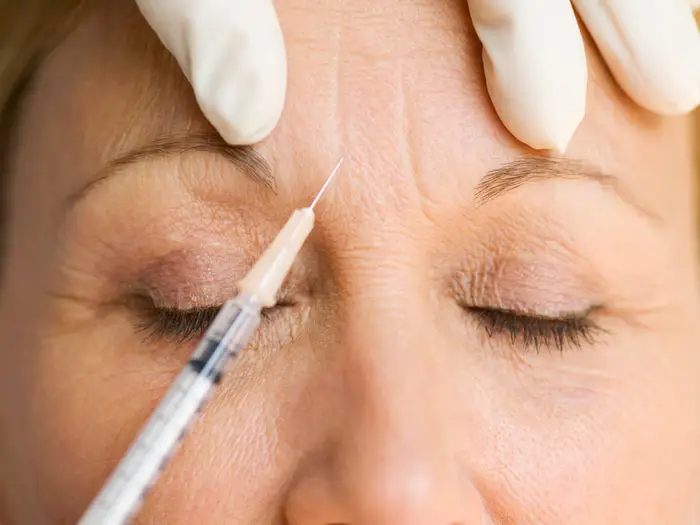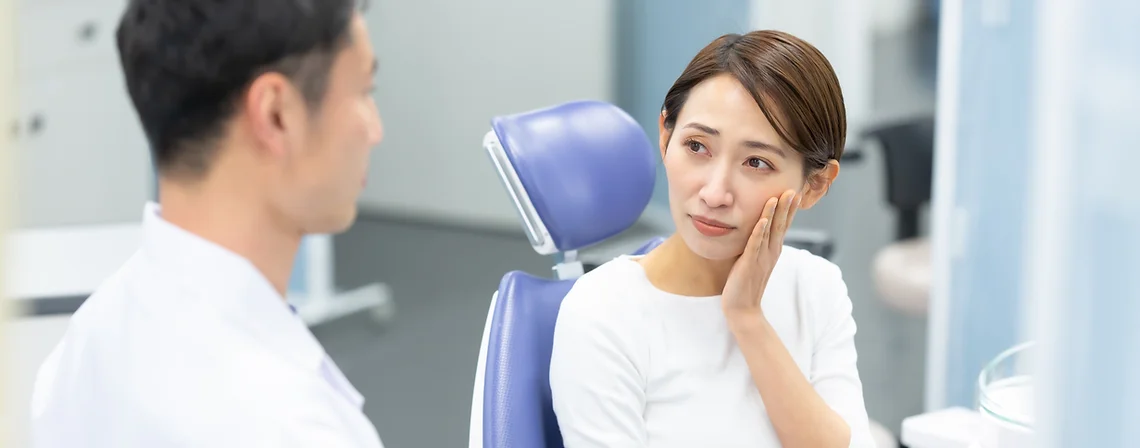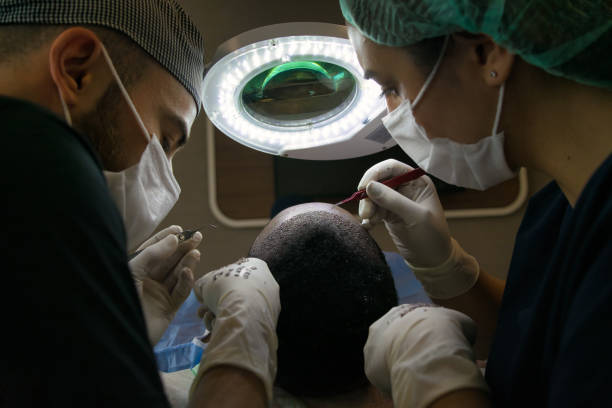Introduction:
Migraines affect millions of people worldwide, causing debilitating pain, sensory disturbances, and a reduced quality of life. Traditional treatments such as pain relievers, preventive medications, and lifestyle changes can help some migraine sufferers. However, for people who suffer from frequent or persistent migraines, alternative therapies such as Botox 100 unit injections have emerged as a promising option. Understanding the proper Botox dosage for migraine treatment is critical for increasing efficacy while minimizing side effects. This article discusses the dosage considerations and efficacy of Botox in migraine treatment.
Botox, a neurotoxin derived from the bacterium Clostridium botulinum, inhibits muscle contractions by blocking the release of acetylcholine, a neurotransmitter involved in muscle activation. This helps with migraines. Botox is well-known for its therapeutic properties in a variety of medical conditions, including chronic migraines. Botox injections are FDA-approved for chronic migraine prophylaxis and target specific muscles involved in migraine pathogenesis, reducing the frequency and severity of migraine attacks.
Botox for migraine treatment is administered
In standardized doses through intramuscular injections at specific sites. The recommended Botox dosage is 155 units divided into seven key muscle areas: corrugator, procerus, frontalis, temporalis, occipitalis, cervical paraspinal, and trapezius. These muscles are strategically targeted to relieve tension and reduce migraine triggers like muscle hyperactivity and nerve sensitization. Healthcare providers who are experienced in administering Botox 100 unit injections use precise techniques to ensure optimal distribution and efficacy while minimizing the risk of side effects.
Botox has been shown in clinical trials to effectively reduce migraine frequency, severity, and disability. Patients receiving Botox injections for chronic migraines are typically treated every 12 weeks, with noticeable improvements seen after the second treatment cycle. While individual results may vary, many patients report a significant reduction in migraine days and an improvement in quality of life after Botox therapy. Long-term studies have confirmed Botox’s continued efficacy and safety in migraine management, with little evidence of drug tolerance or rebound headaches over time.
When considering Botox therapy for migraines
It’s important to select the right patient to optimize treatment outcomes. Candidates for Botox treatment typically have a history of chronic migraines, defined as 15 or more headache days per month, with at least eight of those days meeting the migraine or probable migraine criteria. Furthermore, patients must have exhausted conventional treatments and demonstrated an insufficient response or intolerance to preventive medications. Before recommending Botox therapy, healthcare providers conduct a thorough evaluation to determine migraine severity, comorbidities, medication history, and patient preferences.
Botox Injections for Migraine Prevention Are Typically Well-Tolerated: with minimal systemic absorption and localized side effects. Common side effects include transient injection site pain, erythema, and muscle weakness, which usually resolve within a few days of treatment. Rare but serious complications, such as eyelid ptosis, neck weakness, and dysphagia, highlight the importance of skilled administration and patient monitoring. Healthcare providers educate patients on potential side effects, post-injection precautions, and when to seek medical attention in the event of an adverse reaction. In cases of neck weakness, consulting an experienced neck pain osteopath may provide additional insights and support for recovery.
Future research in migraine pathophysiology and treatment modalities aims to explore new applications of Botox and combination therapies for migraine management. Emerging techniques, such as ultrasound-guided injections, personalized dosing algorithms, and targeted neuromodulation, show promise for improving treatment efficacy and patient outcomes. Furthermore, studies comparing Botox to other preventive medications and non-invasive interventions shed light on its role in the broader spectrum of migraine treatments.
Related Product: Botox 50 unit
Conclusion:
Botox injections are an effective treatment for chronic migraines that have not responded to other treatments. Botox therapy, which targets specific muscle groups involved in migraine pathogenesis, provides long-term relief and an improved quality of life for many migraine patients. However, careful patient selection, precise dosing, and close monitoring are required to ensure optimal results while reducing the risk of adverse effects. As our understanding of migraine mechanisms evolves, ongoing research and clinical innovations refine Botox’s role in migraine management, providing hope to those suffering from this debilitating neurological disorder.



